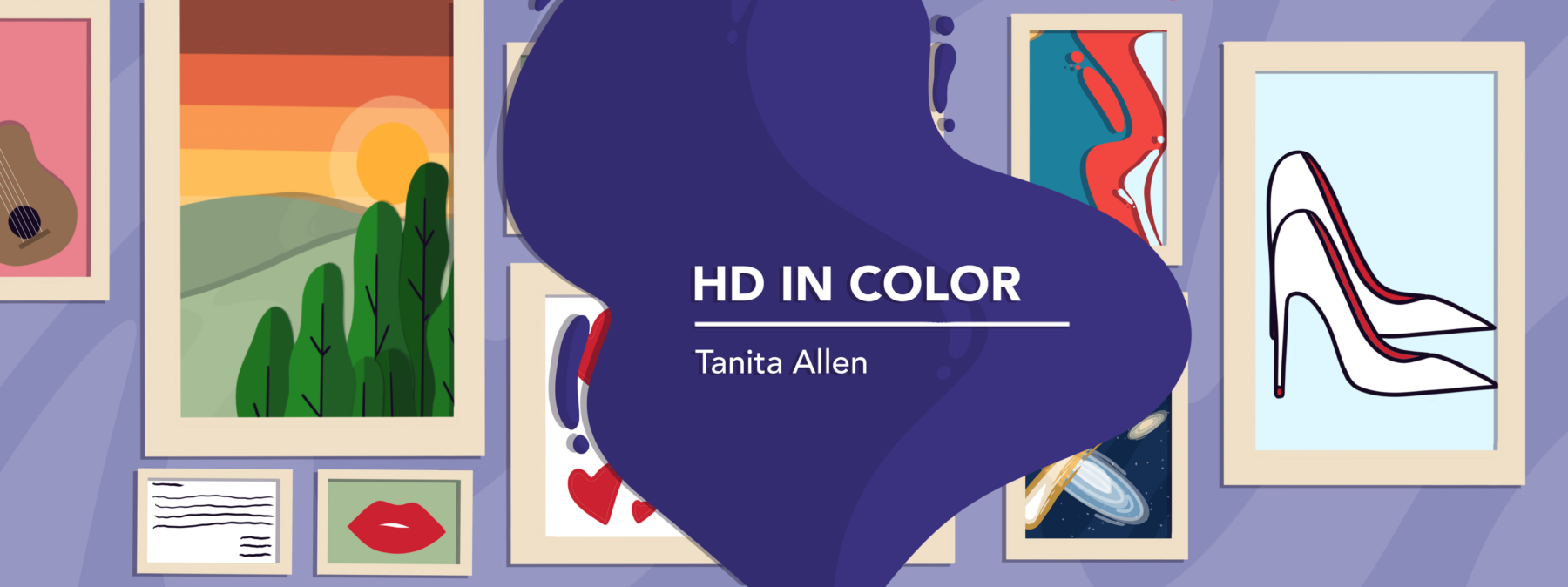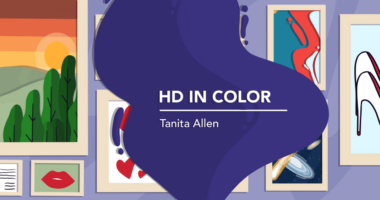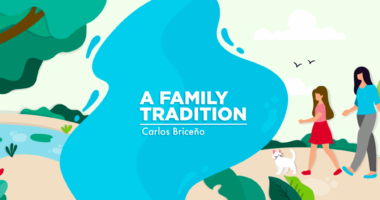What I want medical students to know about Huntington’s and bias
Patients can teach future doctors some things that textbooks don't cover

I’ve stood in front of classrooms filled with bright-eyed medical students in their freshly pressed white coats, ready to learn the clinical details of Huntington’s disease. They take notes, nod along, and ask technical questions. But when I begin to speak not from a textbook but from lived experience, I can feel the shift in the room. What I bring to those talks isn’t just science. It’s reality. And it’s messy, complicated, and often overlooked in training.
I’m a Black woman with Huntington’s, and I want future doctors to know that what they learn in medical school is just the beginning. There’s a difference between studying a condition and recognizing it in a patient who doesn’t match your textbook image.
When I started showing symptoms, I wasn’t believed. My movements were chalked up to anxiety, substance use, or mental instability. I was told I was “too young,” “too composed,” or that “Black people don’t get Huntington’s.” It took two years, multiple misdiagnoses, and immense emotional harm before I received a proper genetic confirmation.
This wasn’t just a delay in care; it was a delay in dignity. I was forced to prove that I was worthy of help, again and again.
So to medical students learning about rare diseases, I want to say this: Be aware of your biases. Question your assumptions. Ask yourself why you might believe one patient more readily than another. A textbook won’t teach you that, but your patients will, if you’re willing to listen.
Lessons in real people
Understand that diseases don’t look the same on everyone. They don’t show up the same in everyone’s bodies. People of color are underrepresented in clinical research, clinical trials, and educational materials. That doesn’t mean we’re immune; it means we’re at higher risk of being dismissed.
I’ve spoken at multiple medical schools, and each time, I share the same message: Representation isn’t just about checking boxes; it’s about saving lives. If your classroom examples only center white, cisgender, neurotypical patients, then your clinical instincts will, too. You have to actively seek out the voices and experiences that are missing.
Listen to the pain behind the words. Notice when a patient seems hesitant to speak. Ask why. Cultural trauma, racism, and past medical gaslighting often silence people before they even walk in the door. Your job is to create a space safe enough for truth to show up.
And remember this: It doesn’t mean a patient is wrong when they suspect a rare disease. We know our bodies. We know when something is off. When I shared my family history and neurological symptoms, I wasn’t believed not because the facts weren’t valid, but because I didn’t fit the expected picture. That picture was incomplete. And it still is.
Another thing I urge medical students to consider is the importance of communication. Speak plainly. Ditch the jargon. Patients like me are navigating grief, fear, and confusion, and we need clarity, not a vocabulary quiz. Explain what you’re seeing. Invite questions. Slow down enough to have a real conversation.
I once had a doctor gently sit beside me and say, “Let’s figure this out together.” That one sentence rebuilt so much trust. Not because she had the perfect answer, but because she made space for me in the process. She made me feel like a human being, not a case study.
Being part of someone’s diagnostic journey is sacred. How you treat someone in those early encounters will stay with them forever. I still carry the pain of being doubted. But I also carry the power of finally being heard.
You’re going to meet patients who cry, who challenge you, who bring histories filled with complexity. Lean in. Ask “what do I need to understand about your life to take better care of you?” That one question can open doors that medical training alone cannot.
I also hope you recognize the emotional labor it takes for patients to share their story. When I speak to future doctors, I do so in hopes that the next woman like me doesn’t have to wait years for validation. That she isn’t told her disease doesn’t exist in her community. That she is seen.
One of the greatest responsibilities you’ll have as a provider is to make people feel safe enough to be real with you. That means believing them the first time. That means interrogating your biases before you interrogate our symptoms. That means choosing curiosity over certainty.
You are the future of medicine. And the future needs more than knowledge; it needs compassion, humility, and cultural awareness.
Because behind every statistic is a story.
Behind every patient is a person.
And some of us are just waiting for someone to believe we exist.
Note: Huntington’s Disease News is strictly a news and information website about the disease. It does not provide medical advice, diagnosis, or treatment. This content is not intended to be a substitute for professional medical advice, diagnosis, or treatment. Always seek the advice of your physician or other qualified health provider with any questions you may have regarding a medical condition. Never disregard professional medical advice or delay in seeking it because of something you have read on this website. The opinions expressed in this column are not those of Huntington’s Disease News or its parent company, Bionews, and are intended to spark discussion about issues pertaining to Huntington’s disease.








Leave a comment
Fill in the required fields to post. Your email address will not be published.